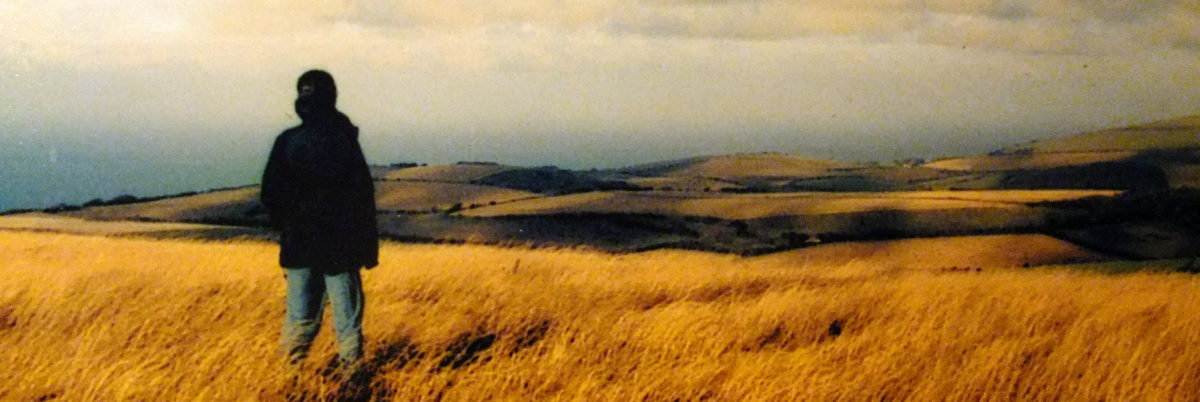The first day I met Denis, he told us that he was an atheist. I’d just arrived in Albania with my friends, and Denis was going to help us explore his country. I immediately began to wonder what being an atheist meant in his life.
“Wait a minute,” you may be thinking, “where is Albania anyway?” This small country is snuggled next to the Adriatic Sea north of Greece. Torn apart by battling empires through the centuries, it has had a tumultuous history, but nothing can destroy its dramatic mountain beauty, fertile farmland, and beautiful sweeping beaches.
Albania is a mystery for many of us because it was totally isolated for almost half a century following WWII. It was ruled by the paranoid dictator Hoxha who quarreled with everyone (including other Communist leaders) and outlawed religion. While tearing down churches and mosques and persecuting religious leaders, Hoxha declared Albania to be “the first atheistic country in the world.”
Denis was born a few years after the dictator died and the Communist system collapsed. He grew up in a country trying to find its place in a new open world. For him and his family, religion wasn’t relevant. “I believe,” he told me, “in the physical, material world that’s around us.” For him, that is enough.
Is it enough? It isn’t for me. I remember my years of wrestling with the God-idea. I wanted to know that there was Something More, something larger than one traditional religion, but that includes the religious traditions. Slowly I began to sense a Presence, a Spirit that is a mystery larger than my human understanding can take in. I believe in a Creator God, A Spirit of Love who brings healing in the world. Whether I have a name for that God or not, I am pulled to follow the path of love and contribute as I can to wholeness and healing. Awake to that Spirit, I have awakened more fully to joy in the beauty and miracles of the world.
My friend Denis is passionately interested in learning about and exploring the world, too, both within his country and beyond. He treasures his friendships, and responds warmly to the people around him and their needs. He loves the beauty of the Mediterranean world and wants to share it with others. He dreams of making opportunities for others to be creative, perhaps through art, music, or the world around them. He wants to have a family someday, and he’ll be a good Dad.
Denis lives in hope for the future of Albania, a “gifted country,” he says, and filled with potential, although hope has sometimes been in short supply. “Having hope is most important,” he said. “It is the last thing to die.” Sometimes Albanians emigrate in search of a better life in another country, but Denis believes “a stone is happier in its own ground.” He is determined to remain and participate in Albania’s recovery. His hope brings hope for others.
Reflecting on Denis’ path and my own, I thought of this poem by the 14th century Sufi poet Hafiz (translated by Daniel Ladinsky):
THE GOD WHO ONLY KNOWS FOUR WORDS Every child Has known God. Not the God of names, Not the God of don'ts, Not the God who ever does Anything weird, But the God who only knows four words And keeps repeating them, saying; "Come dance with me." Come Dance.
I call upon a divine Spirit that is greater than I. Denis doesn’t. But I believe we are both part of God’s grand dance. We love and want to make the world around us better. We embrace possibilities to grow, and we hold hope for the future.
I believe the Spirit strengthens my desire to be a loving presence, to contribute to the world’s healing. It takes me beyond my own strength and uses me in ways I may not know. I am grateful to belong to a spiritual community that helps me “walk cheerfully over the world answering that of God in everyone,” as Quaker founder George Fox wrote. That of God is everywhere, in everyone. May we be awake to see it and respond to it.
If this reflection has spoken to you, please share it with others!
























